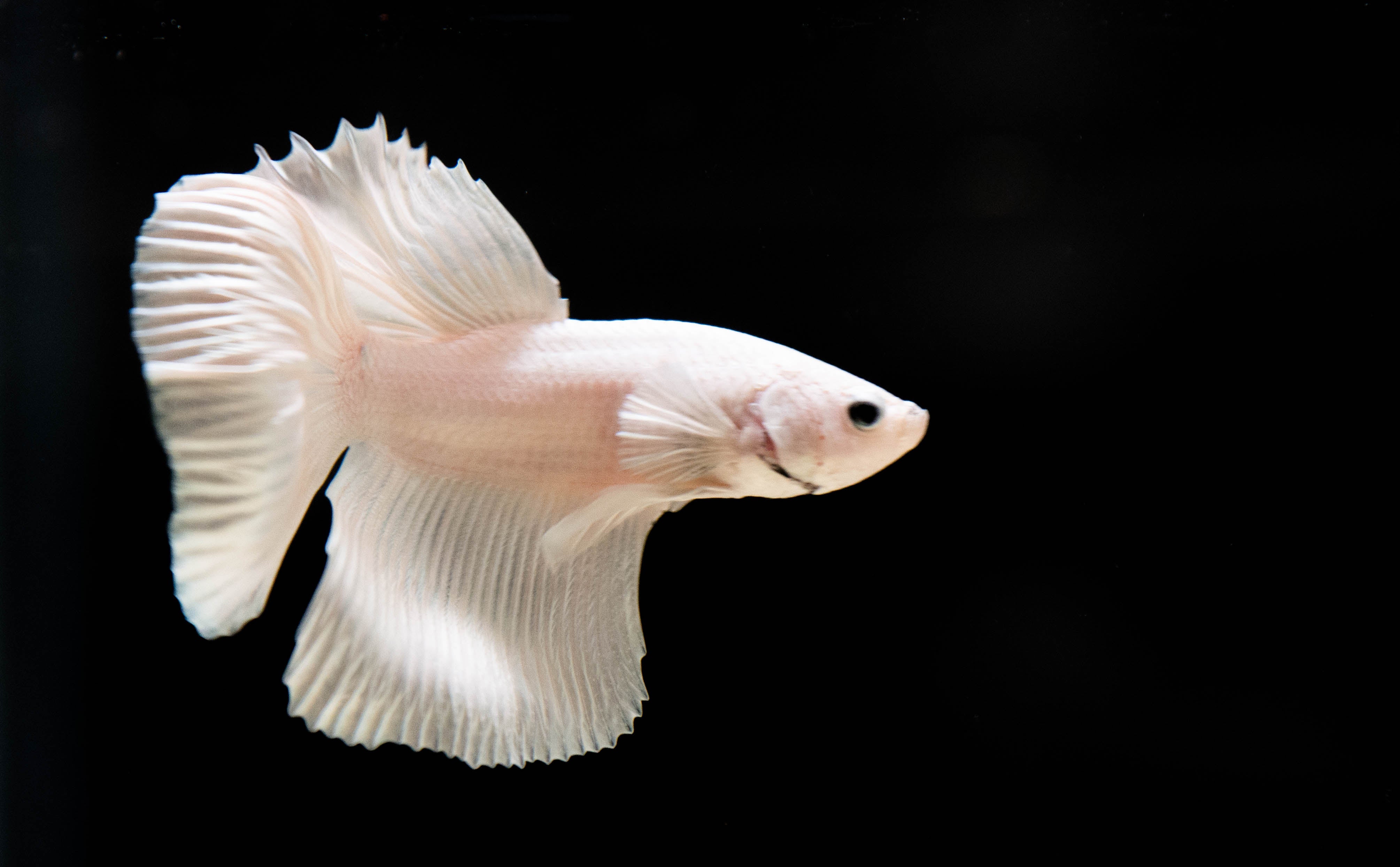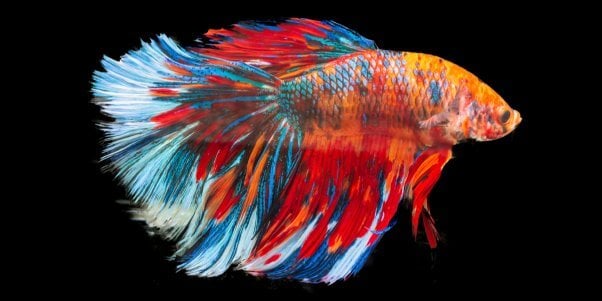Recognizing Betta Fish Actions: What Every Proprietor Needs To Know
Recognizing Betta Fish Actions: What Every Proprietor Needs To Know
Blog Article
Everything About Betta Fish: Comprehending Their Unique Requirements, Behavior, and the very best Practices for Optimum Treatment
Understanding the distinct requirements and actions of Betta fish is vital for any kind of aquarist looking to provide optimal care. betta fish. As we explore these elements further, the implications for both amateur and experienced fish keepers become increasingly evident, raising questions about how ideal to fit these exceptional fish in our homes.
Betta Fish Introduction
Although usually appreciated for their lively colors and streaming fins, Betta fish, scientifically referred to as Betta splendens, are complex animals that need specific care to thrive. Stemming from Southeast Asia, these freshwater fish are recognized for their territorial nature and special habits. Betta fish display sexual dimorphism, with men presenting more vivid shades and longer fins than women.
Their aggressive propensities, specifically among males, demand cautious factor to consider when housing them. Bettas are commonly kept in single-specimen tanks to stop territorial disagreements. They can exist side-by-side quietly with particular suitable species in bigger community containers, offered the setting satisfies their demands.

To make sure optimum treatment, aquarists have to understand their distinct behavioral characteristics, dietary requirements, and habitat needs. betta fish. With proper attention, Betta fish can exhibit their dynamic characters and thrive in a well-kept aquarium setting
Natural Habitat and Atmosphere
Betta fish flourish in a diverse series of all-natural habitats, primarily found in the superficial waters of Southeast Asia, including rice paddies, swamps, and slow-moving streams. These environments are characterized by warm temperature levels, commonly in between 75 ° F and 82 ° F(24 ° C and 28 ° C ), and a pH level ranging from 6.5 to 7.5, which is excellent for their wellness and wellness.
In their natural environments, Betta fish are accustomed to thick plant life, offering both shelter and reproducing grounds. The presence of plants such as drifting water lilies and thick turfs not only uses security from killers yet also adds to the oxygenation of the water, which is essential for their respiratory system requirements. Additionally, these settings typically have areas of still water, permitting Betta fish to display their all-natural habits such as bubble nesting.
Understanding the natural environment of Betta fish is vital for aquarium lovers. Replicating these problems-- through water temperature level, pH balance, and the incorporation of live plants-- can dramatically enhance the general health and durability of these exciting fish, guaranteeing they prosper in a home aquarium setting.
Social Behavior and Interactions
Understanding the social habits and communications of Betta fish is important for effective aquarium monitoring. Betta fish, or Siamese combating fish, are recognized for their unique behavioral traits, defined my link mainly by territoriality and hostility.
On the other hand, women Bettas display much less aggressive habits and can exist together in groups, called sororities, if presented appropriately. It is important to check their interactions carefully, as hierarchy and dominance can lead to problems. Recognizing the characteristics within a Betta neighborhood is vital; establishing hiding places and ensuring enough room can alleviate hostility.
In addition, Betta fish might likewise display inquisitiveness and social behaviors towards other species. While they can exist side-by-side with particular non-aggressive storage tank mates, it is important to choose suitable types to avoid stress and aggressiveness. In general, recognizing these social communications is essential to cultivating a harmonious fish tank atmosphere for Betta fish.
Important Treatment Guidelines
Supplying proper care for Betta fish is critical to their health and wellness. Normal water changes-- about 25% weekly-- help preserve water quality.
Betta fish need an ideal tank size; a minimum of 5 gallons is advised to provide sufficient room for swimming and hiding. Consist of decorations and plants to create a revitalizing setting, yet avoid sharp items Click This Link that might damage their fragile fins.

Lastly, ensure the container is furnished with a filter to keep the water clean, yet utilize a gentle filter to stay clear of solid currents that can worry the fish. By following these essential treatment standards, owners can promote a healthy and vivid Betta fish.
Common Health And Wellness Issues and Solutions
In the care of Betta fish, recognition of typical health concerns is necessary for preserving their health. One common issue is fin rot, commonly triggered by bad water high quality or bacterial infection. Signs and symptoms include torn or stained fins. To deal with fin rot, enhance water problems and think about making use of a broad-spectrum antibiotic.
An additional typical condition is ich, a parasitical infection identified by white spots on the fish's body (betta fish). Therapy involves boosting water temperature level and adding aquarium salt to the storage tank, as this can assist eliminate the parasite
Swim bladder problem is also frequently observed, bring about buoyancy problems. This condition might emerge from overfeeding or bowel irregularity. A fasting period of 24-48 hours, followed by a diet of blanched peas, can supply alleviation.
Last but not least, bettas may struggle with velour condition, indicated by a gold dust-like appearance on their skin. Therapy usually calls for medication particularly made for external parasites, alongside enhanced storage tank health.
Normal surveillance of water criteria, maintaining a tidy environment, and offering a balanced diet plan are vital preventative actions. By addressing these health issues quickly, Betta fish can lead healthier, much more vibrant lives.
Conclusion
In summary, successful betta fish treatment calls for an understanding of their unique demands and actions. Giving an ideal setting, consisting of proper container dimension and water problems, is necessary for their health. Furthermore, acknowledging their territorial nature and making sure Visit Your URL sufficient hiding spots can protect against aggressiveness. Normal surveillance of health and water quality, along with a well balanced diet plan, adds to the longevity and vibrancy of betta fish. Following these standards will foster a growing marine community for these captivating animals.
Report this page